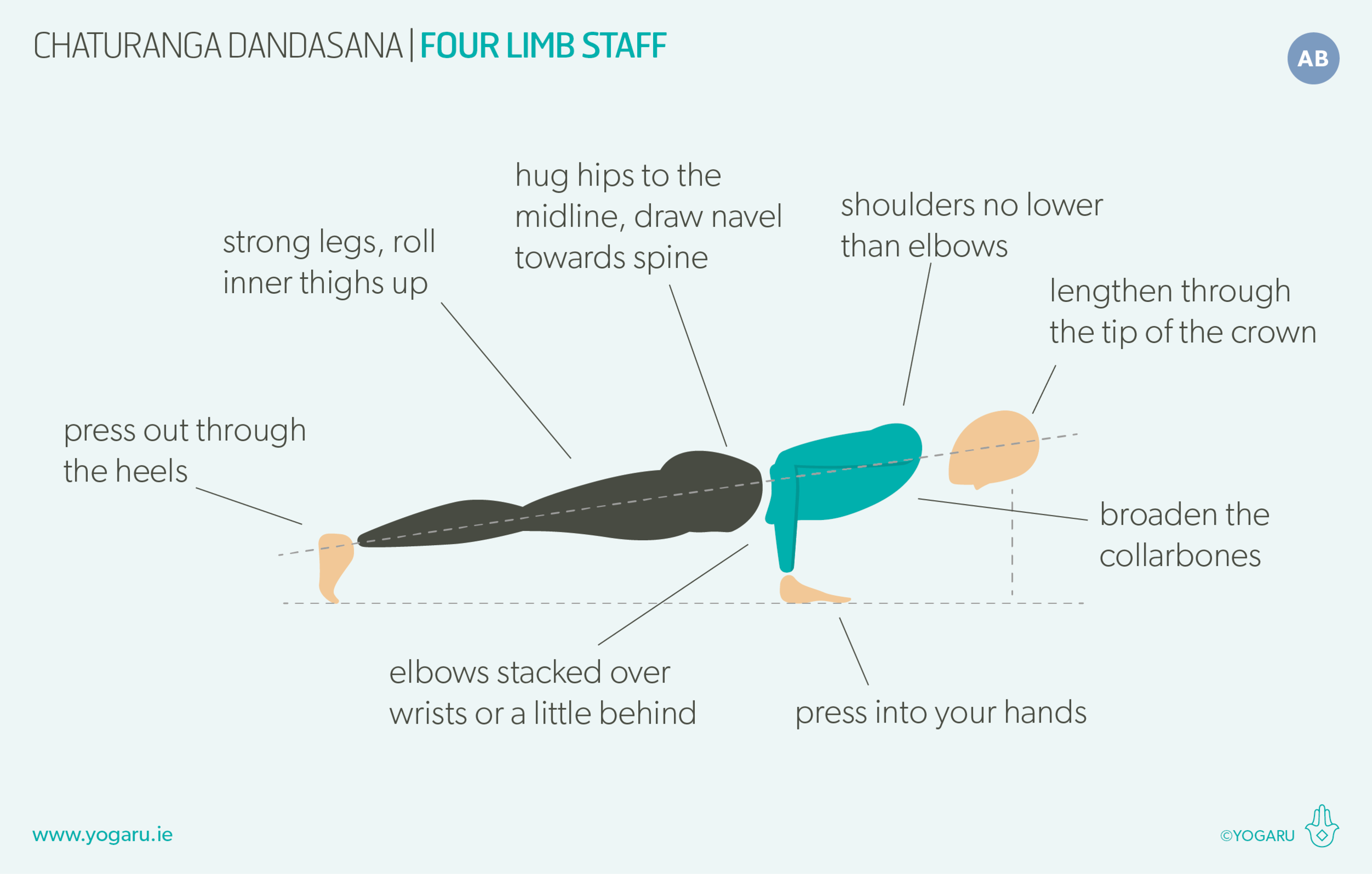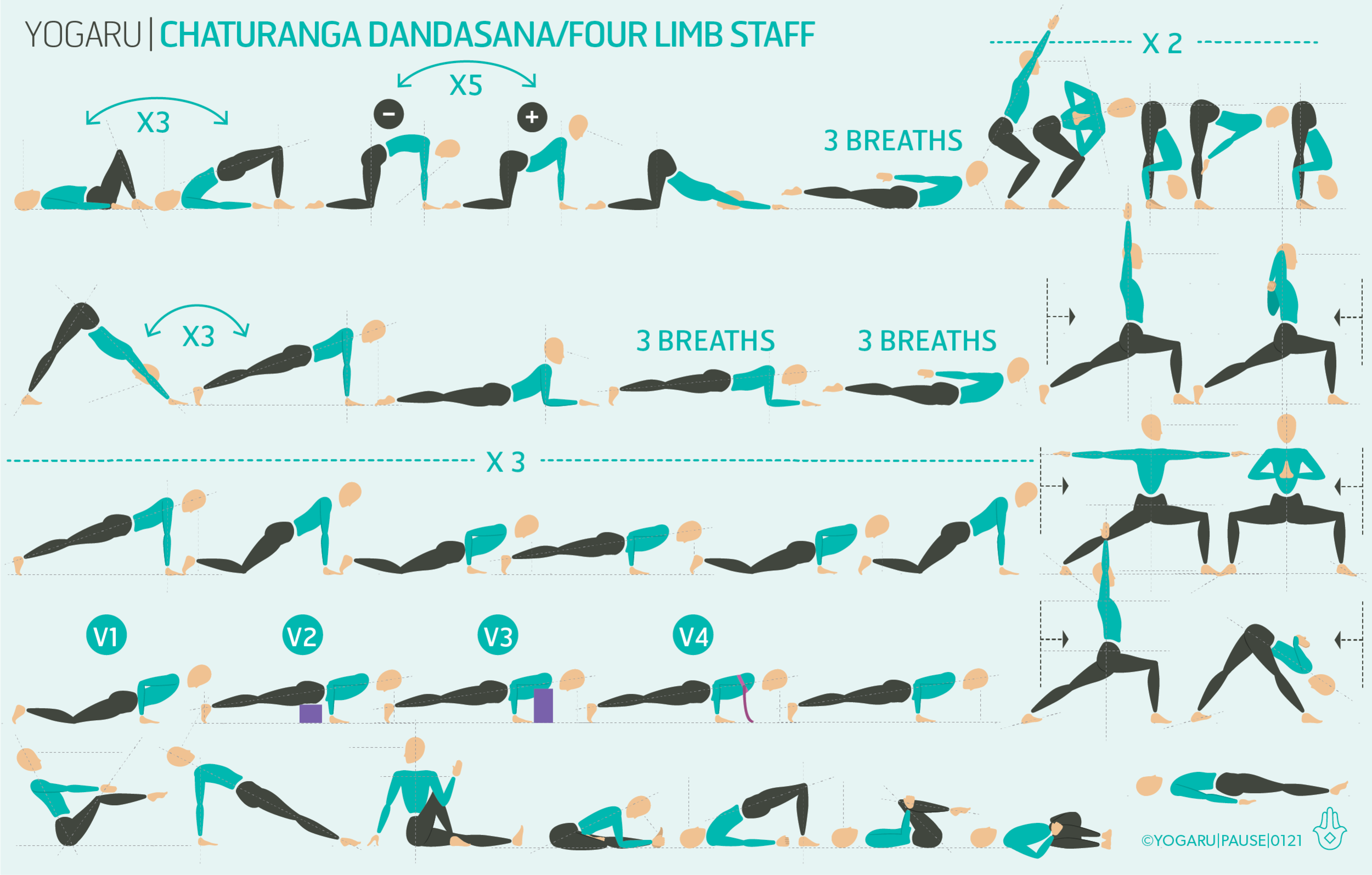THE IMMUNE SYSTEM
The immune system works 24/7 to defend us against disease, infections and viruses. It is very effective but also benefits from a helping hand. The immune system likes the body to be balanced to work at its best. We know that life balance and lifestyle choices help overall health and wellness, but in a nutshell what are four steps you can take to get straight to the point of supporting the immune system.
Eat well - eat plenty of whole plant foods, fermented foods and fibre.
Whole foods are packed full of vitamins and minerals to power up the immune system. The gut is where we ingest the outside world. For this reason 70% of the immune system is found in the gut. The gut microbiome feeds on fibre (prebiotics) and thrives on fermented foods (probiotics). A strong and diverse microbiome supports the gut immune system and helps prevent any harmful bacteria entering the body through the digestive tract.Keep moving - move every day and throughout the day. Exercise increases the heart rate and boosts circulation around the whole body. This helps the body eliminate unwanted toxins that can hinder the immune system. Exercise also helps you get a good night sleep.
Mind your mind - take time out to slow down.
Short term stress is natural and something our bodies are built to deal with. But longer periods of stress overloads the body with stress hormones. Stress hormones suppress the effectiveness of the immune system making you more susceptible to illness. Which is why you are more prone to head colds and cold sores after a prolonged period of stress.Value sleep - have a good sleep routine.
When you sleep your body rebuilds and replenishes its energy stores. Your stress hormones are lower while you sleep which gives the immune system optimally 8 hours to build stronger.
THE BENEFITS OF YOGA ON THE IMMUNE SYSTEM
At a glance yoga fits into the ‘keep moving’ category. Yoga is a gentle exercise which promotes good circulation and increases the function of the lymphatic (white blood cells and toxin removal) and endocrine (hormone production) system to keep them working more efficiently. Yoga actually ticks all boxes of the above four steps to a strong immune system.
Stress relief is one of yoga's most well known benefits and is often what attracts people to the practice. Yoga reduces physical and emotional stress in the body by tapping into the parasympathetic nervous system (rest, digest & restore response) through the breath. Lengthening and slowing our breath is both very calming for the mind and builds healthy lungs.
In yoga you learn how to breathe into your belly, this breath is very calming and helps to quieten a busy mind. When you have a regular practice you are training your brain to tap into the rest, restore and digest response. So when you are ready to go to sleep at night you can use this calming breath to find that same response and fall asleep faster, sleep longer and fall back asleep if you wake at night.
Where does ‘eat well’ fit in? When you start to practice yoga you naturally become more in tune with your body. You are more inclined to make more informed food choices either in the light of ‘ahimsa’ (non harming) of the world around you or just because it makes you feel better. Yoga also promotes good gut health by stretching and compressing the whole digestive system and encouraging peristalsis (waves of muscular contractions) to remove unwanted waste and toxins from the body, enabling your digestive system to concentrate on absorbing all the nutrition from food.
TWISTS, BACKBENDS & INVERSIONS
Twists, backbends and inversions are the most powerful poses to practice when working with the immune system. In yoga philosophy texts it is said that twists ‘destroy disease’. When we twist we temporarily constrict blood flow and when we release the twist a surge of fresh oxygenated blood rushes back. This twist and release action massages and stimulates the organs and helps the digestive system with maximum nutrition absorption; the respiratory system to build strong lungs; the liver and kidneys to remove toxins; and the lymph system to support white blood cell production. The same principle applies to backbends which stretch the front of the body and stimulate the organs of the abdominal and chest cavity. Backbends are particularly good for expanding lung capacity and opening the chest region. The higher the lung capacity the better our ability to feed all the cells of the body with fresh oxygen.
A healthy gut also has a strong link to our moods and emotional well-being. Stress leads to gut issues and gut issues lead to stress. 95% of serotonin (the happy hormone) is produced in the bowel. Stimulating the gut through twists and backbends release these happy hormones into the system and relieve stress, tension and anxiety and allow the body to concentrate on other jobs like building its defences.
Inversions boost circulation and increase blood and lymph flow which helps clear bacteria and toxins from the body and plays a vital role in building a strong immune system. Inversions are hidden everywhere in the practice. An inversion is any pose where the heart is above the head. Along with the obvious poses like handstand and headstand there are lots of opportunities to take inversions in standing forward bends, Adho Mukha Svanasana/Downward Dog, Setu Bandha Sarvangasana/Bridge and restorative poses like Viparita Kiranai/Legs up the Wall.
Hip openers are strong stress relieving poses and are also very beneficial for the immune system. There are certain poses that are considered formal ‘hip opener’ poses but in reality most yoga poses are hip openers which are either ‘opening’ the inner hips (Virabhadrasana II/Warrior II, Utkata Konasana/Goddess, Upavistha Padottanasana/Wide Legged Forward Fold, Malasana/Squat, Badhakonasana/Bound Angle) or ‘opening’ the outer hips (Gomukasana/Cow Face, Ardha Matsyendrasana/Half Lord of the Fishes, Garudasana/Eagle, Ananda Balasana/Happy Baby). Apart from Urdhva Hastasana/Upward Salute, Salamba Sarvangasana/Shoulderstand and Savasana/Corpse Pose all of the poses in this sequence are opening the hips to some degree.
EXPLORING IMMUNE SYSTEM FLOW IN YOUR PRACTICE
This sequence is designed to work on the inner mechanics of your body. As you move through the practice travel inwards and visualise the parts of your inner body that are being gently invigorated. There are plenty of inversions throughout this practice. Taking an inversion is like turning up the volume on your circulation. You are reversing what it is used to and sending more oxygenated blood to the brain which is why they can be very invigorating. If Shoulderstand is not comfortably part of your practice you can either pick an inversion that you prefer or skip it.
ALIGNMENT CUES
Allow yourself to arrive gently onto your mat, place your hands on your belly and take a few breaths to connect with your breath before you start moving. If you notice you have lost your breath though your practice come back to the ground and find your breath again. Start with some warmups on your back to open the hips and start preparing the spine for backbends. Move slowly and mindfully and be prepared to invest a bit of time and patience to allow yourself to gently build up your practice to the stronger poses of the sequence.
Have a read of the tips below and either print out the sequence or save it onto your device:
You can decide to take an open twist where you twist away from your front leg or a deeper closed twist where you twist towards your front leg.
If you have bricks take your cat/cow with your hands raised on the bricks. This gives you a bit more space to comfortably open the chest a bit more.
Before each mini flow come to the top of your mat and take a ½ Surya Namaskara which you will find in the first row.
Incorporate at least 2 minutes for Savasana at the end of your practice to assimilate the practice and get yourself mentally ready for the day ahead.
To save the images for personal use click and hold down the image until the ‘save image’ option appears; on Mac hold down ‘control’ and click the image to get the option box; on PC right click on the image to get the option box. Scroll down in the ‘option box’ and click ‘save image’.
Ruth Delahunty Yogaru





